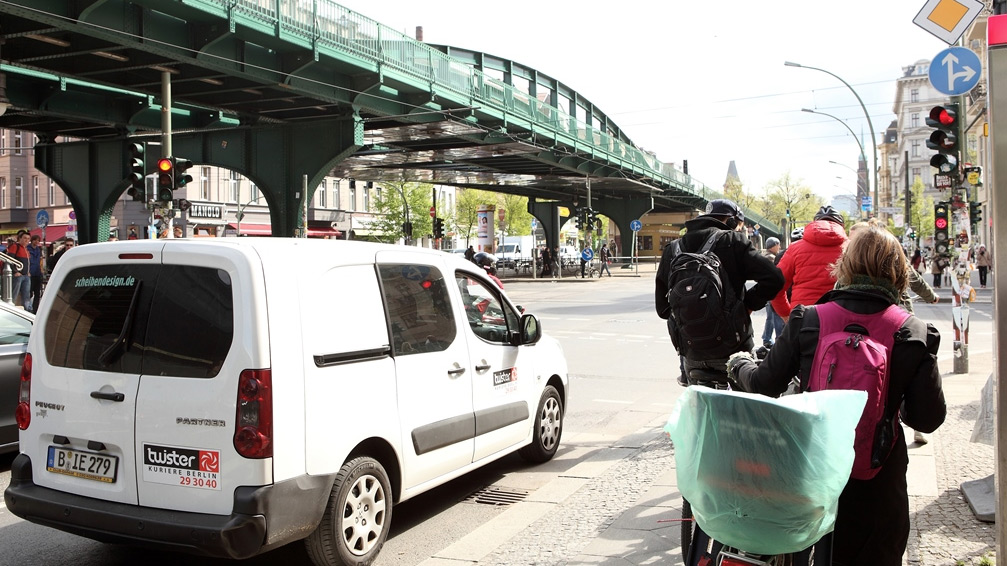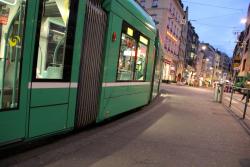
Mobility, the economy and society are closely interrelated and in constant change. The shifting frame conditions for passenger and goods transport have effects on the society at large as well as on transport demand. Vice versa, it is the build structures and the societal structures that determine the degree to which people are mobile, the modal choice and the distance people and goods travel to their destinations.
Manifold interrelationships
The constant changes of mobility, economy, society and built space poses manifold questions: Reurbanisation and demographic change demand for new concepts to ensure mobility and socially just participation in societal services. The densification in metropolitan regions opens new options for mobility, for example the opportunities to utilize sharing concepts and conduct more movements by foot, bike or public transport. The assessment of peoples´ acceptance for new mobility and technology concepts is essential in order to foster a more efficient implementation of sustainability concepts in transport. In this context it is important to also recognize side effects of transport measures on space and society, for example when public transport is thinned out in rural areas or when urban policy measures impede the ownership and use of private motorized vehicles and thus interact with urban and social structures. With regard to long distance travel, which is responsible for a large portion of transport demand, it will be pivotal whether technical innovations succeed in reducing the environmental burdens of transport. Analyzing the transport development and the modal share in this segment, in particular between air, rail and road transport, is similarly crucial in order to assess the interrelations between transport, build and natural environment.
Trend evolutions are also relevant for goods transport. The international division of labor – the globalization – has accelerated in recent decades. New logistic concepts, faster and more reliable routes and communications have enabled “just-in-time” delivery and thus have changed the industrial fabric in Germany and Europe. The boom of the internet trade affects particular economic branches as well as the transport volume and demand. The technological and societal developments may increase the transport volumes but may also open opportunities for new concepts: For example, new technologies and concepts in city logistics may help to transport goods more efficient and environmentally sound on their last mile.
A wide research focus

The socio-economic dynamics of societies and their role for the mobility of the future are being comprehensively investigated in the VEU project. The questions of transport modal choice and traffic generation are likewise at the center of the research. A particular focus will be also on the long distance transport by road, rail and air. These analyses are now being further improved and employed in the VEU scenarios for future transport and environmental developments. In addition, the interrelationships between mobility, built environment and social effects are examined in detail, e.g. in inner-city districts in which social and economic processes of change are particularly clear. At the same time, forward-looking transport technologies and mobility concepts can be brought in with particular effectiveness.
The economic effects of transport on employment and the certain economic sectors have already been studied in this project’s predecessors. This is now being expanded by analyzing the economic effects of new and innovative technologies.
